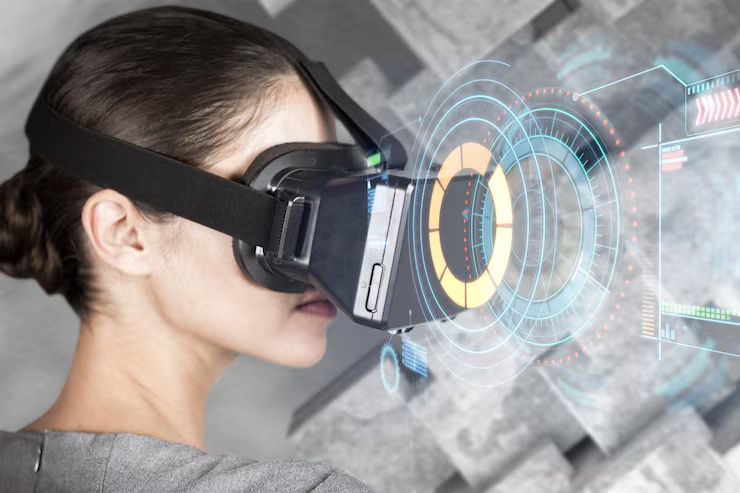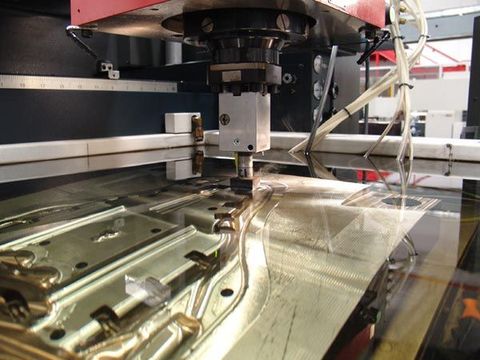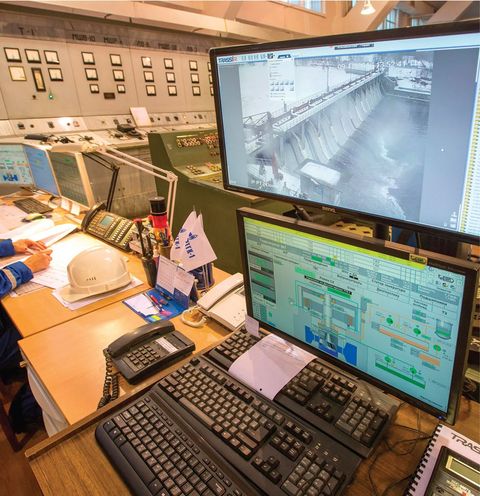A Comprehensive Guide to AI Vision Systems: Basics, Details, and Key Facts
AI vision systems, also known as computer vision systems, are technologies that enable machines to interpret and understand visual information from the world. They exist because many industries require automated ways to analyze images and video at speeds and levels of consistency that humans cannot always maintain.
These systems use deep learning, pattern recognition, and image processing to identify objects, detect patterns, and make decisions based on visual inputs. Applications range from quality inspection in manufacturing to medical imaging, traffic monitoring, environmental analysis, and advanced robotics.
The rise of digital cameras, faster processors, and large datasets has allowed AI vision systems to evolve rapidly over the last decade. Today, they play an important role in both daily applications and large-scale industrial processes.

Importance
AI vision systems matter today because they support accuracy, safety, and efficiency across multiple sectors. Their importance can be seen in:
-
Quality monitoring: Ensuring consistent product standards in manufacturing.
-
Safety enhancement: Supporting hazard detection in workplaces, transportation, and public spaces.
-
Healthcare support: Assisting in diagnostic image analysis for faster and more reliable results.
-
Environmental observation: Monitoring forests, coastlines, and wildlife through satellite or drone imagery.
-
Automation: Enabling machines and robots to navigate, pick objects, and perform tasks without manual guidance.
People who benefit from AI vision systems include engineers, doctors, researchers, production teams, environmental agencies, and transportation planners.
The problems these systems solve include human error, slow manual inspection, inconsistent decision-making, and the inability to process large volumes of visual data in real time. As industries shift toward automation and digital transformation, these systems continue to increase in relevance.
Recent Updates
Recent advancements in 2024 and 2025 show how AI vision systems are becoming more precise, accessible, and integrated into everyday processes.
-
Edge AI Vision (2024): Moving computation to local devices has reduced latency and improved privacy, especially in medical and industrial settings.
-
Multimodal AI models (2024): New models can understand images, text, and audio together, allowing richer analysis and decision-making.
-
Growth in autonomous mobility (2025): AI vision plays a larger role in drone navigation, warehouse robotics, and smart vehicles.
-
Enhanced medical diagnostics (2024–2025): Vision-based tools now assist in early disease detection by analyzing X-rays, CT scans, and MRI images with higher accuracy.
-
Sustainability applications (2025): AI vision is being used for renewable energy inspection, such as monitoring wind turbine blades and solar panel performance.
-
AI-powered defect detection (2024): Manufacturing systems increasingly rely on high-speed image analysis to detect micro-defects that humans may miss.
These updates reflect a shift toward smarter, more autonomous systems that can operate with minimal human intervention.
Laws or Policies
AI vision systems operate within regulatory frameworks designed to protect privacy, safety, and data accuracy. Although regulations vary by region, several guidelines apply globally.
-
General Data Protection Regulation (GDPR) – European Union: Sets requirements for collecting and storing visual data, especially when images include people.
-
Artificial Intelligence Act (expected implementation 2025–2026) – European Union: Classifies AI systems by risk levels to ensure safe deployment, including those used in transportation and healthcare.
-
National AI frameworks – United States, Canada, Australia, Singapore: Provide guidelines for ethical AI development, transparency, and accountability.
-
Medical device regulations (FDA, EMA): Vision systems used in medical diagnostics must meet strict accuracy and safety standards.
-
Transportation safety guidelines: Countries developing smart vehicle systems or intelligent traffic monitoring use AI standards to ensure safe implementation.
-
Workplace monitoring laws: Limit how AI systems can record or analyze employee behavior, ensuring ethical use of visual technologies.
These regulations ensure that AI vision systems are deployed responsibly, with attention to safety, fairness, and protection of personal data.
Tools and Resources
Multiple tools and resources make AI vision systems easier to understand, develop, and apply.
-
Image annotation platforms: Tools such as CVAT and Label Studio help create datasets for training AI models.
-
Open-source vision frameworks: Libraries like TensorFlow, PyTorch, and OpenCV support image processing and model development.
-
AI model hubs: Online repositories offer pre-trained models, including object detection and image classification.
-
Data visualization dashboards: Platforms that help users interpret outputs from AI vision systems.
-
Educational courses: Universities and learning platforms provide training on deep learning, image processing, and AI ethics.
-
Simulation tools: Used to test vision systems in virtual environments, especially robotics and autonomous mobility.
These resources support both beginners and advanced users working with AI vision systems.
FAQs
What is an AI vision system?
An AI vision system is a technology that uses artificial intelligence to interpret images and videos, allowing machines to recognize objects, analyze patterns, and make decisions based on visual data.
How accurate are AI vision systems?
Accuracy depends on the quality of the training data and the type of model used. Modern systems can achieve high precision, especially in controlled environments such as manufacturing inspection and medical imaging.
Where are AI vision systems used?
They are used in healthcare, transportation, agriculture, manufacturing, environmental monitoring, and robotics. Examples include defect detection, autonomous navigation, crop monitoring, and medical scan analysis.
Do AI vision systems replace human workers?
AI vision systems typically support humans by performing repetitive or high-volume tasks. They help reduce human error and improve efficiency but still rely on human oversight for interpretation and decision-making.
What is the difference between AI vision and traditional computer vision?
Traditional computer vision relies on manually defined rules, while AI vision uses machine learning and deep learning to learn patterns automatically. This makes AI vision more flexible and adaptable to complex tasks.
Conclusion
AI vision systems have become essential tools for interpreting visual information in modern industries. Their growth reflects the increasing need for accurate data analysis, automation, and digital transformation. Today, these systems simplify tasks such as defect detection, navigation, medical imaging, and environmental monitoring.
Recent advancements, including multimodal models, edge computing, and improved diagnostic capabilities, continue to expand their potential. At the same time, laws and policies ensure that visual data is used responsibly and with respect for privacy.






